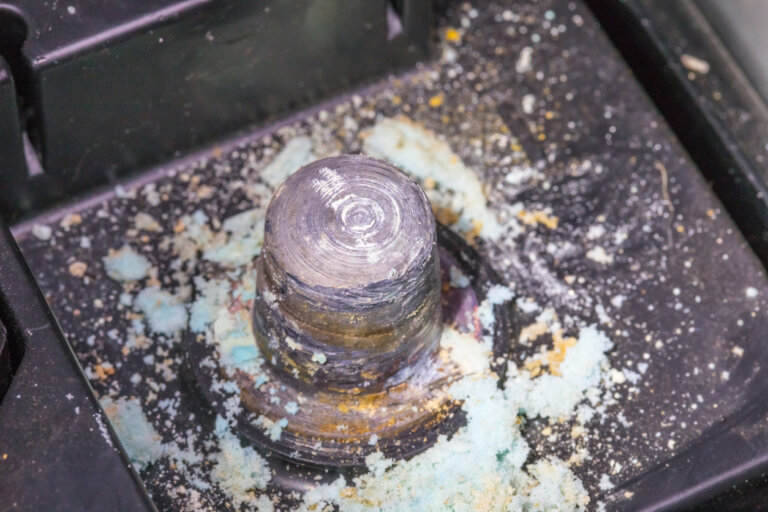Lead in the home, including lead that may be present in rental properties, poses a significant risk to residents’ health and well-being. With its aging housing stock and the corresponding potential presence of lead-based paint, California faces challenges with respect to these possibly dangerous conditions. By understanding the sources and health risks associated with lead exposure, as well as the legal framework governing rental properties, tenants can take measures to mitigate these hazards. Thompson Injury Law can help.
Understanding Lead Hazards
Health risks associated with lead exposure are a grave concern for tenants residing in rental properties. The ingestion or inhalation of lead particles can lead to severe health complications, even at low levels of exposure, including damage to the nervous system, kidneys, and reproductive organs.
Children are particularly vulnerable to lead’s toxic effects, since they are able to absorb lead more readily. According to the Environmental Protection Agency, even low levels of lead in the blood of children can result in:
- Behavior and learning problems
- Lower IQ and hyperactivity
- Slowed growth
- Hearing problems
- Anemia
Pregnant women are also at a heightened risk, as lead exposure can result in adverse pregnancy outcomes and pose long-term risks to the unborn child. In addition, individuals with pre-existing health conditions, such as asthma or compromised immune systems, face increased susceptibility to lead’s detrimental effects.
Lead Laws in California
California has implemented comprehensive lead laws to protect tenants from the hazards of lead exposure in rental properties, especially in properties built before 1978, the year when the federal government banned the use of lead-based paint in residential properties. Landlords in California have significant responsibilities when it comes to addressing lead-related issues. They are required to disclose known lead hazards to tenants before they move in and the presence of lead-based paint must be included in the lease. In addition, landlords must provide tenants with relevant information concerning lead poisoning prevention.
Renovations
The legal duty of landlords to mitigate a tenant’s exposure to lead extends not only to the existing conditions of the rental property, but also to any renovations or repairs that may disturb lead-based paint. When landlords undertake renovations or maintenance work on properties constructed before 1978, they must adhere to lead-safe work practices mandated by law. This includes employing certified contractors who are trained in lead-safe work methods, such as containment, dust control, and proper cleanup procedures. Landlords are responsible for informing tenants of any planned renovations and taking necessary precautions to minimize the spread of lead dust during the process.
Consequences For Non-compliance
Non-compliance with lead laws can result in serious consequences for landlords. California has stringent regulations in place to ensure the safety of tenants and to hold landlords accountable. Landlords who do not fulfill their duty to disclose known lead hazards may face significant penalties, and tenants who have been harmed as a result of a landlord’s non-compliance with lead laws may pursue legal action to seek compensation for medical expenses, pain and suffering, and other damages.
Concerned About Lead in Your Rental Home?
The effects of lead poisoning can be serious. If you are a tenant and are concerned about the existence of lead in your rental property, the attorney at Thompson Injury Law can help you understand and protect your rights. Reach out to our office today.


